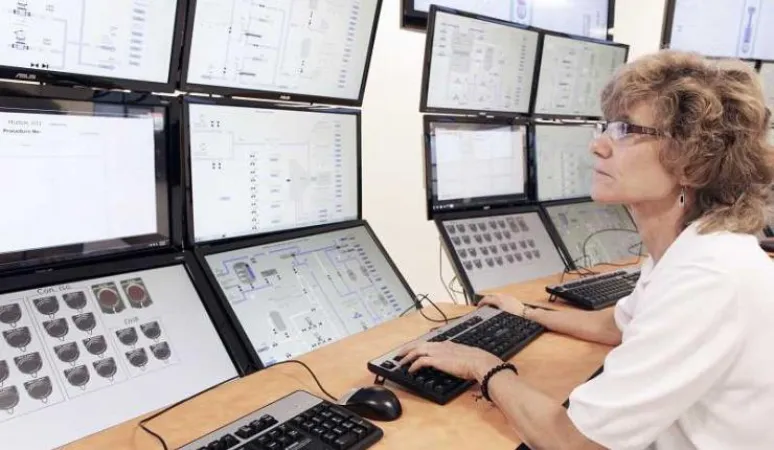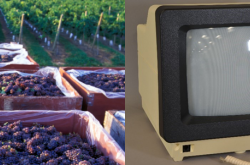Small modular reactors and the role of the Canadian Nuclear Safety Commission
This article was originally written and submitted as part of a Canada 150 Project, the Innovation Storybook, to crowdsource stories of Canadian innovation with partners across Canada. The content has since been migrated to Ingenium’s Channel, a digital hub featuring curated content related to science, technology and innovation.
The history of the nuclear power sector reflects considerable innovation that spans decades and draws from numerous scientific and engineering disciplines from around the world. Innovation efforts in the nuclear sector must not only consider efficiency and economics but also safety. The Canadian Nuclear Safety Commission (CNSC) has been regulating activities associated with nuclear power since the birth of the nuclear power sector in Canada in 1946.
Small modular reactors (SMRs) are a new type of fission reactor technology destined for smaller electricity markets and remote regions and communities which have had longstanding challenges finding reliable and cost-effective sources of energy. In a smart electrical power grid, SMRs may be integrated with other forms of energy generating technologies. Companies are also considering ways to use the heat energy generated from the SMRs for other value-added benefits such as producing desalinated drinking water in water-scarce regions.
Innovative directions for SMRs include new types of fuel, more durable materials, new manufacturing and construction methods, and better ways for humans to interface with the operation of the plant.
The CNSC’s primary role is to ensure that a potential user of an SMR technology can demonstrate they will use it safely. The CNSC has been involved in pre-licensing design reviews for SMRs. These reviews allow the applicant to better understand the regulatory requirements and to identify potential design issues early.
















